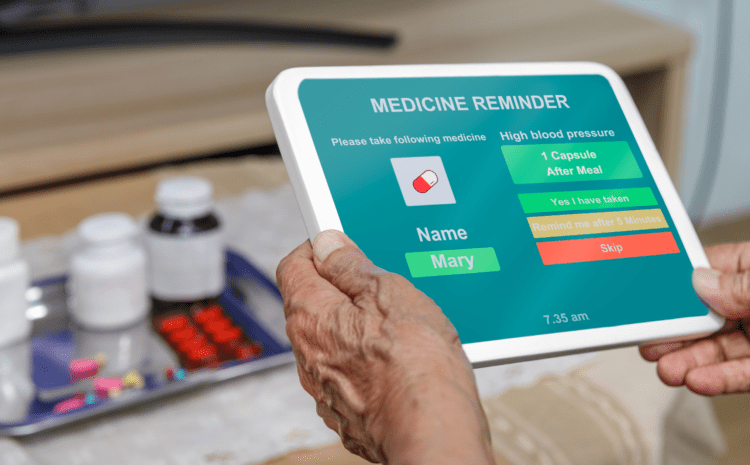How These Important Trends Are Shaping Women’s Health Care In India in 2022

Does healthcare in India have an inherent gender bias against women? Indeed, it is.
But there are winds of positive change. Creating technology solutions that address specific women’s health issues – those that have been neglected for decades – is possible as India’s healthcare becomes more tech-savvy.
Three innovation trends in 2022 that are paving the way for the growth of women’s health-focused solutions in India.
More women are coming online and seeking healthcare
With the rapid adoption of the internet and consumerization, India has 260 million female internet users (43 percent of overall users). A growing number of women are making purchases online and this number is doubling every year.
Virtual safe spaces on the Internet offer women a platform for expressing concerns and asking questions about personal care. More than 70 start-ups are taking advantage of this change in behavior to improve access to primary care and specialized women’s health conditions which were once neglected due to lack of awareness, societal taboos, or affordability barriers. Their primary focus is targeting online buyers with products and services tailored to specific women’s health problems.

A specific subset of women’s health start-ups has seen early adoption
Companies today address a wide range of topics, including menstruation, skin and hair care, PCOS, mental health, sexual identity and health, reproductive issues, fertility, pregnancy, and maternal care.
The management of Polycystic Ovary Syndrome (PCOS), a chronic hormonal condition affecting one in five Indian women, is ripe for disruption because few women seek regular, timely treatment for their condition.
Diet planning, physical activity, and stress management are all essential components of a holistic, multidisciplinary approach to PCOS management. Digital-first companies are educating young women, simplifying the healthcare access journey, and providing health coaching to manage their conditions better.
Even though early excitement is palpable, start-ups must deliver best-in-class user experiences to establish trust in these new solutions. Eventually, their success will depend on their ability to demonstrate measurable clinical outcomes.
Content and Community-led approach is helping build awareness and trust
Most women’s health issues have been underdiagnosed or poorly managed due to societal neglect, insensitivity, or taboo. A growing number of digital health providers are now leveraging the power of curated content and communities to discuss vital health and wellness issues.
Credibility comes from a medical expert, and trust comes from peer support, both of which help women take their first step towards better health.
In order to reduce customer acquisition costs and improve women’s health outcomes, startups will continue to leverage content and community to reach wider audiences.
Conclusion-The time is now!
We started off by asking if there is a gender bias in healthcare. Rather, we should ask “What are the best ways to leverage technology in order to eliminate gender bias in this limited time window?”
Our collective efforts as investors, healthcare providers, caregivers, start-ups, policymakers, and communities must go beyond mere token discussion and build health infrastructure that addresses all aspects of women’s health in this golden decade of digital disruption. The time is now!
The Global Women’s Health Innovation Conference (GWHIC 2022) aims to bring together India’s start-up innovators and tech creators in the women’s health care industry along with other key stakeholders, and investors to help shape the conversation around women’s health innovation and the future of FemTech in India.